QSM 3.1.7 PART 2
Via the control panel you have access to a plethora of features and settings not only for the software but also the hardware aspect of the XN7008RE.

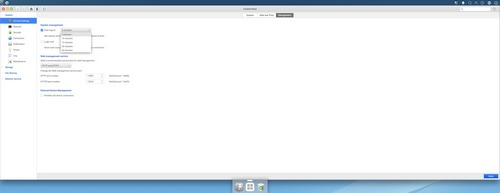
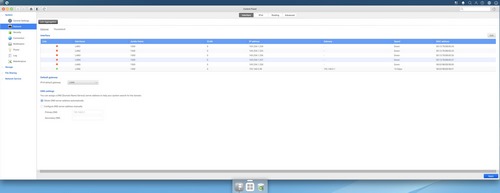

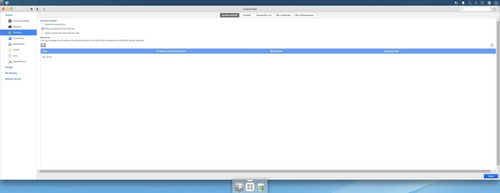
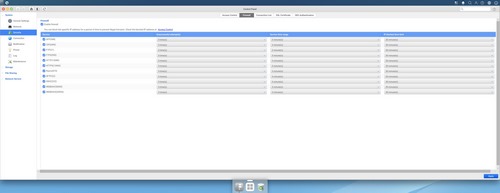

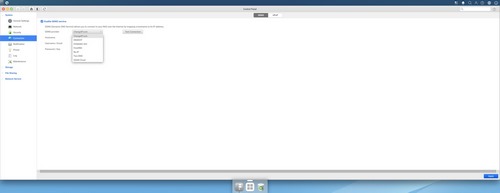
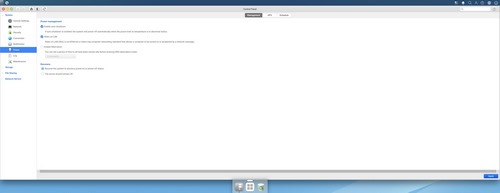
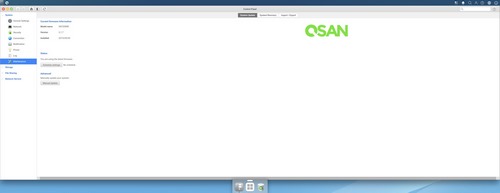
From within the system tab you can change the name of the system and the login password, adjust the time/date, enable auto logout (after X minutes) and login lock (single login), select the communications protocol, check the various network connections (TB3 included) and enable link aggregation, create static routes, use ping and trace route, adjust access control and setup the firewall, use an SSL certificate, enable SED authentication (requires compatible drive), enable the DDNS and UPNP services, configure notifications, set the power settings (like auto shutdown, hibernation and WOL), access the status of the UPS (if you have one attached to the NAS), check available logs, perform firmware updates and system recovery and finally you can import/export all of your NAS settings.


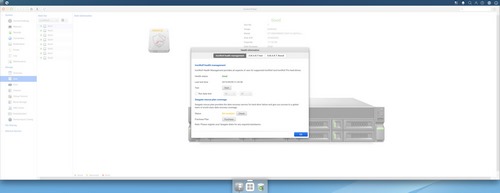
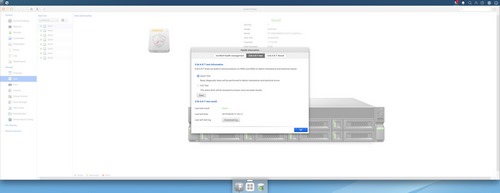
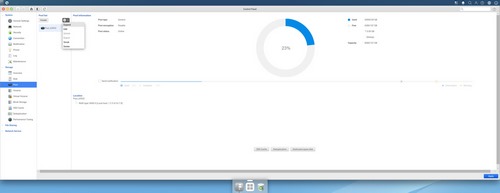
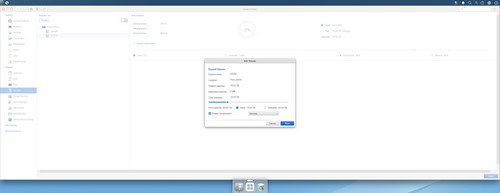
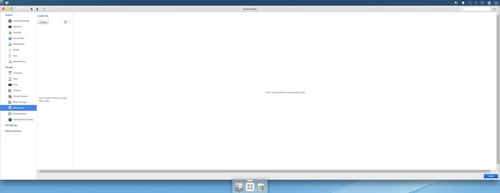
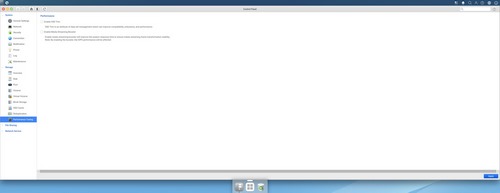
As expected, everything related to drives including volumes (remote volumes as well), drive information (IronWolf and IronWolf Pro drives enjoy a few health monitoring perks with QSAN NAS models), storage pools and SSD caching is placed under the Storage tab (since the XN7008RE doesn't come with the extra SSD slots we didn't use SSD caching for our review).


Under the file sharing tab, you can add/remove users, create groups, enable domain security and of course create and delete shared folders.

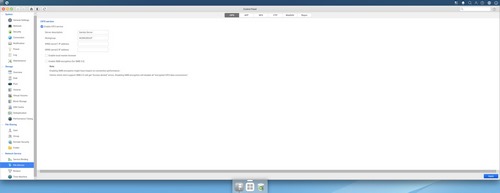

The network service tab includes settings related to service binding, CIFS, AFP, NFS, FTP, WebDAV, Rsync, Bonjour and Time Machine.

 O-Sense
O-Sense





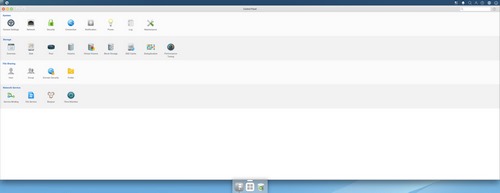


.png)

